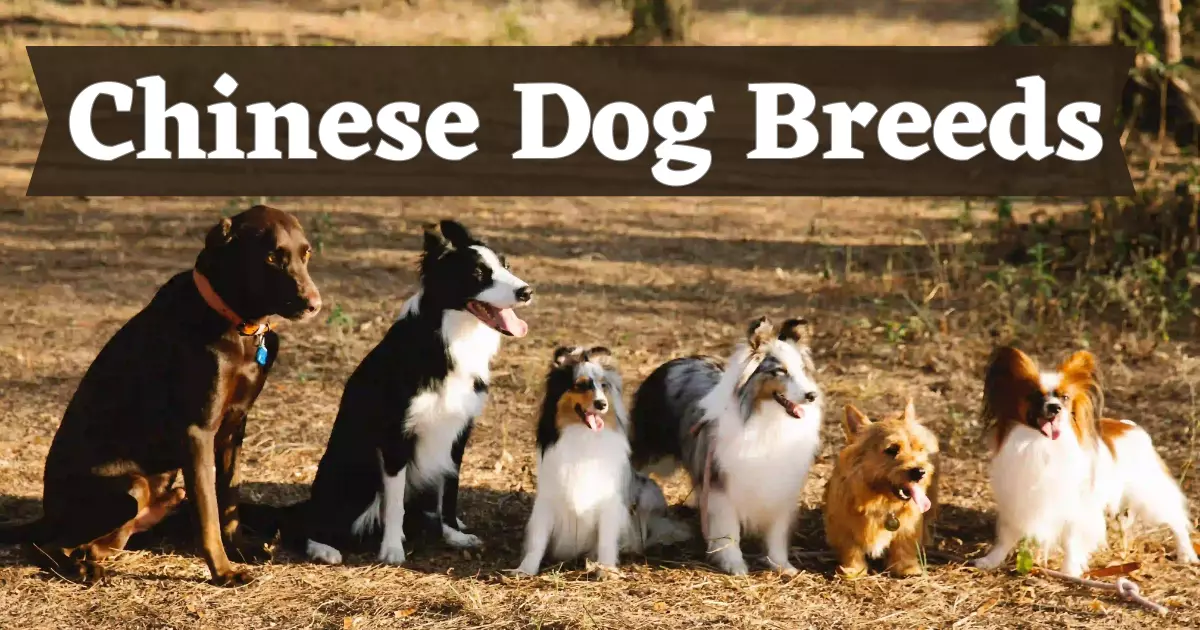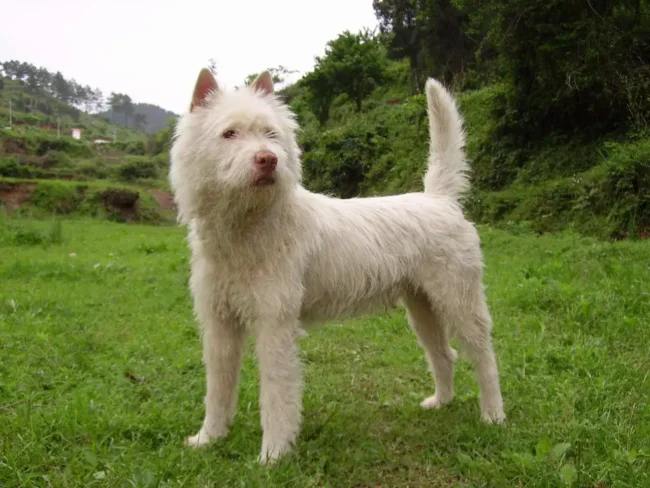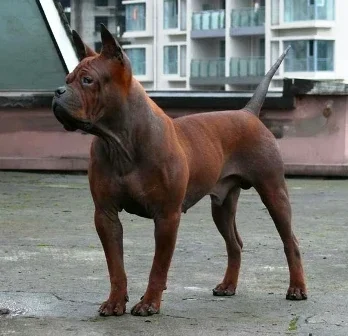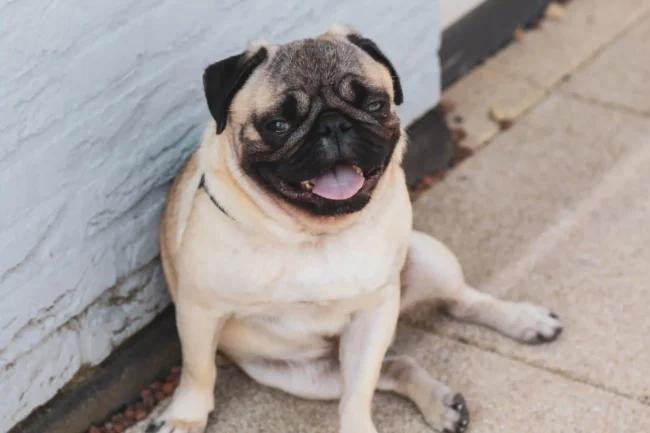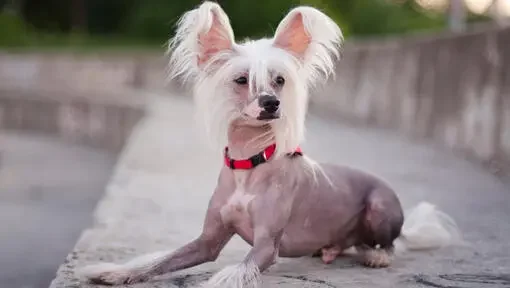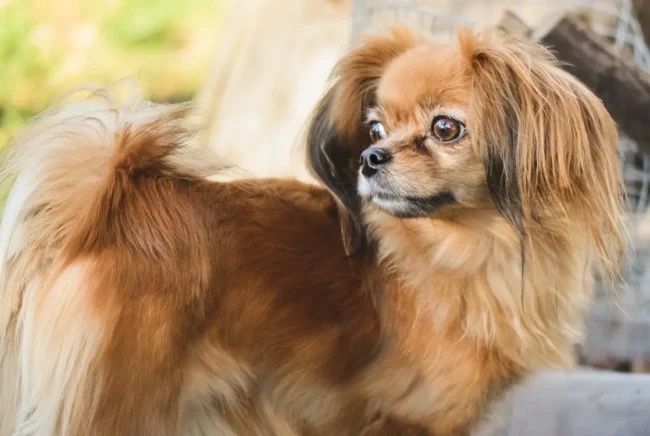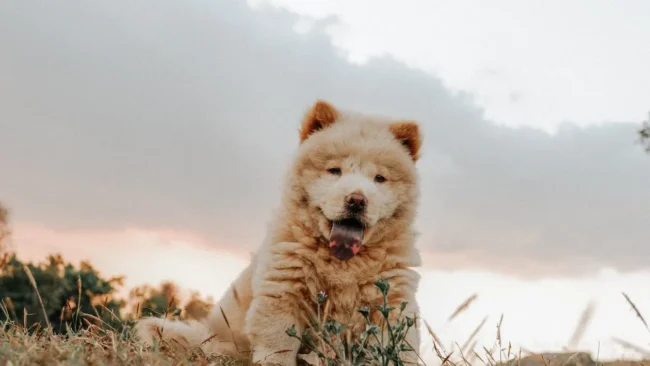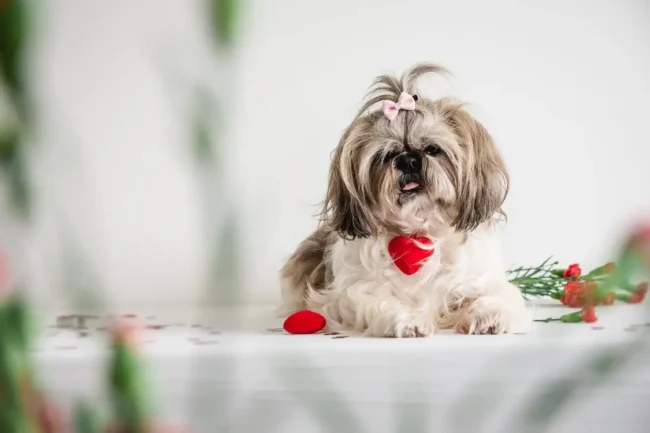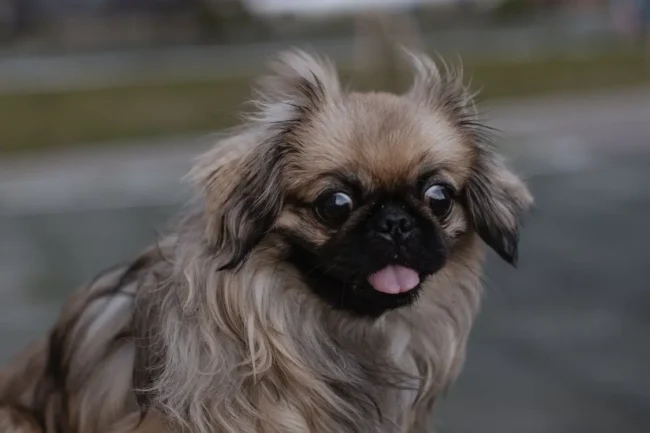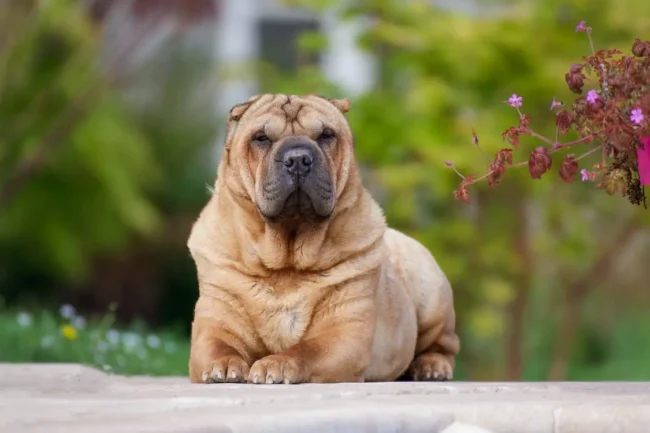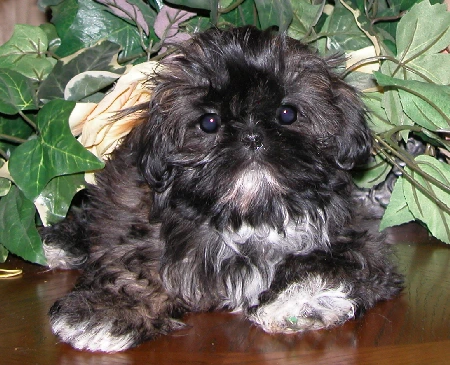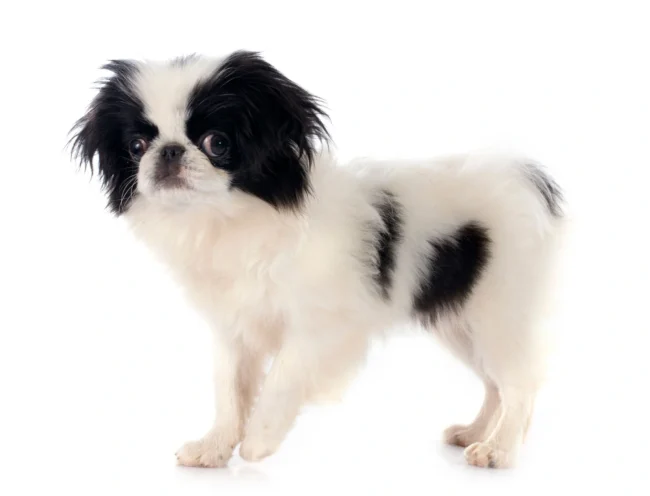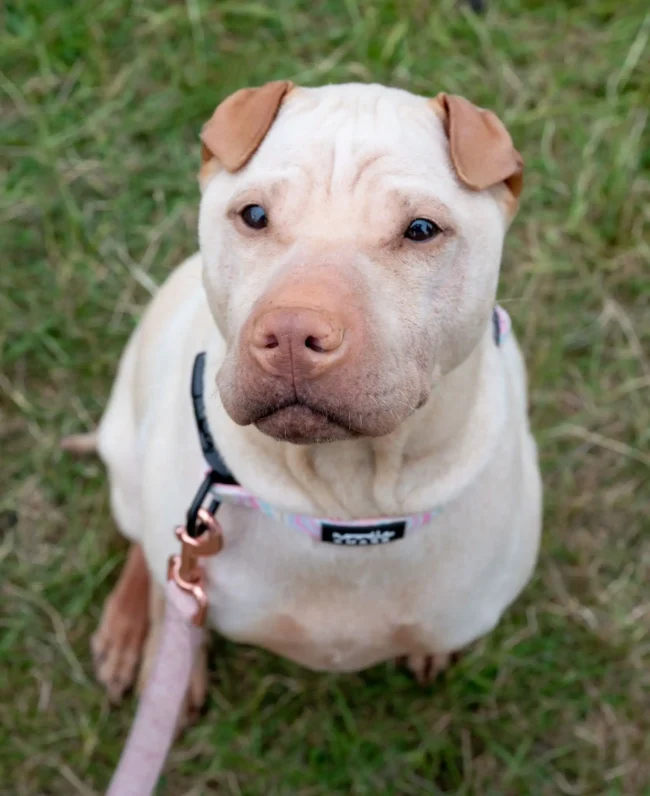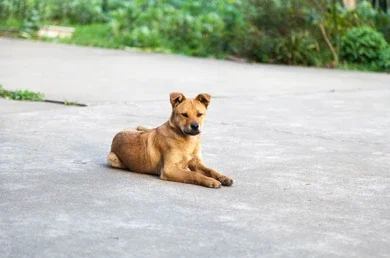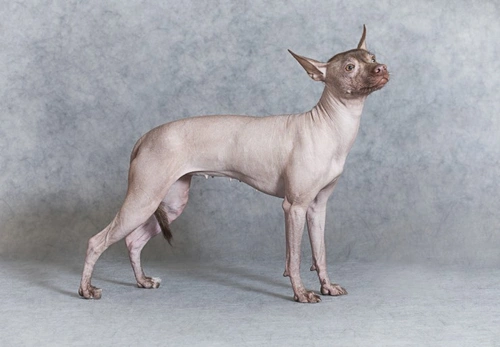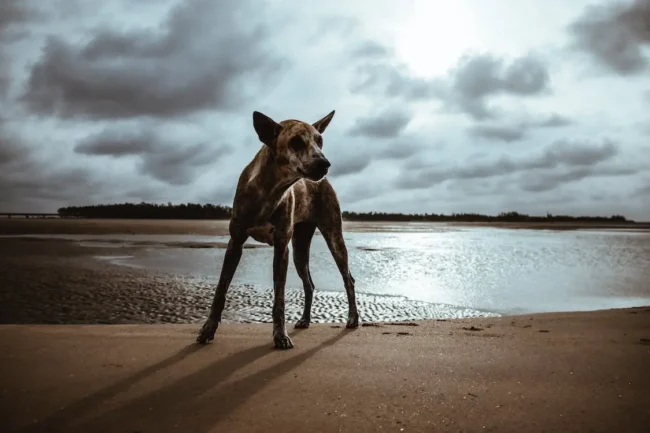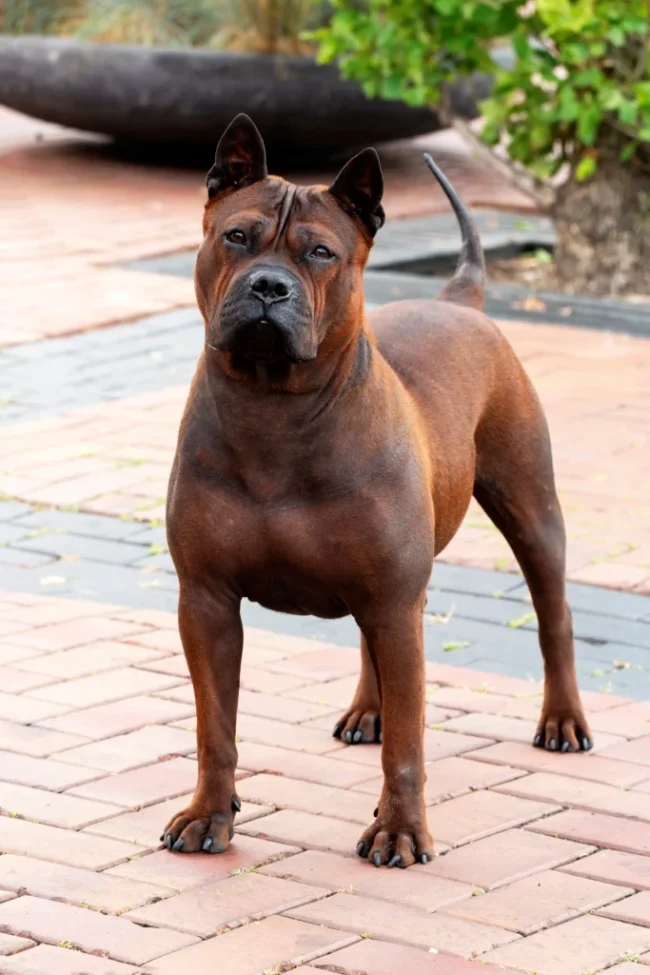Dogs have been our loyal companions for centuries, and each breed brings its own distinct traits and qualities. In this article, we’ll explore the fascinating world of Chinese dog breeds, known for their unique characteristics and rich histories. From ancient breeds that have been cherished for generations to rare and lesser-known breeds, the diversity within the Chinese dog breeds is truly remarkable.
18 Rare Chinese Dog Breeds
China, a country steeped in history and tradition, is home to a wide array of dog breeds. These breeds have evolved over centuries, influenced by the country’s cultural and geographical diversity. From ancient times to the present day, Chinese dog breeds have played various roles, such as companions, guardians, hunters, and even symbols of status and good luck. Let’s delve into the captivating world of 18 rare Chinese dog breeds, each with its own distinctive traits and captivating histories.
1. Xiasi Dog
The Xiasi Quan Dog, also known as the Shaanxi Hound, is a rare Chinese sighthound breed that has a history dating back over a thousand years. This elegant and athletic breed was traditionally used for hunting small game, such as hares and foxes. With their keen senses and remarkable agility, Xiasi Quans excel in tracking and chasing prey. They are known for their loyal and protective nature towards their families.
- Origin: Hailing from the mountains of southern China, the Xiasi Dog was primarily used for hunting small game.
- Appearance: Medium-sized with a muscular build, almond-shaped eyes, and a thick double coat.
- Temperament: Intelligent, independent, and loyal, making them excellent companions for active individuals or families.
2. Kunming Dog
The Kunming Dog, also known as the Yunnan Dog, is a versatile and intelligent breed originating from China. These dogs were traditionally used for hunting, herding, and guarding. Kunming Dogs are known for their agility, endurance, and keen senses. They are highly trainable and excel in various dog sports and activities. With proper socialization and training, they make loyal and devoted family companions.
- Origin: Named after the city of Kunming in China’s Yunnan province, the Kunming Dog is a versatile breed known for its hunting and guarding abilities.
- Appearance: Strong and agile with a well-proportioned body, erect ears, and a short, dense coat.
- Temperament: Alert, protective, and friendly, making them suitable for various roles, including search and rescue or as family pets.
Read More:- Top 10 Indestructible Dog Toys for Aggressive Chewers
Read More:- 5 Best Small Dog Breeds
3. Chinese Chongqing Dog
The Chinese Chongqing Dog, native to the Chongqing region, is a rare breed known for its impressive strength and resilience. This medium-sized dog has a distinctive appearance with a muscular build, a broad head, and a short coat. Originally bred for hunting, guarding, and herding, Chinese Chongqing Dogs are fiercely loyal and protective of their families. They require consistent training and socialization to thrive.
- Origin: Originating from the Chongqing region, these dogs were bred for guarding and herding.
- Appearance: Medium to large-sized with a muscular build, a broad head, and a short coat.
- Temperament: Fearless, loyal, and highly protective, making them ideal guard dogs for homes or properties.
4. Pug Dog
The Pug Dog, a beloved breed known for its playful nature and adorable appearance, has captured the hearts of dog enthusiasts worldwide. Originating in China, Pugs have a rich history and are cherished for their unique characteristics. In this article, we will explore the origins, appearance, and temperament of the Pug, shedding light on why they make wonderful companions for active individuals and families.
- Origin: The Pug, an adored breed, has a rich history from ancient China. Revered by Chinese emperors, Pugs were cherished for their affectionate nature. They later gained popularity among Europe’s elite.
- Appearance: Pugs are small dogs with a sturdy build, round heads, and wrinkled muzzles. Their eyes are large and warm, and they have a short coat in different colors. Their distinct feature is a tightly curled tail resting over their back.
- Temperament: Pugs are playful and affectionate, bringing joy to families. They thrive on companionship and bond strongly with their owners. Pugs get along well with people of all ages, including children, and are accepting of other pets. They make excellent therapy dogs and are adaptable to different living situations.
5. Chinese Crested Dog
The Chinese Foo Dog, also called the Lion Dog or Lion Guardian, has a long history in Chinese culture and mythology. These majestic and powerful dogs were often depicted as guardians of temples, palaces, and imperial tombs. Chinese Foo Dogs are characterized by their lion-like appearance, with a muscular body and a flowing mane. They are believed to bring protection, luck, and prosperity to their owners.
- Origin: Despite its name, this breed is believed to have originated in China and was favored by Chinese sailors as a companion and rat hunter.
- Appearance: Two varieties: hairless and powder puff. The hairless has soft skin and tufts of hair on the head, paws, and tail, while the powder puff has a long, silky coat.
- Temperament: Affectionate, lively, and playful, making them loving companions for individuals or families.
6. Tibetan Spaniel
The Tibetan Spaniel Dog, although not as well-known as some other breeds, holds a special place in Chinese history. Originally bred as companions for monks in Tibetan monasteries, they were regarded as sacred dogs. Tibetan Spaniels are characterized by their expressive eyes, silky coat, and friendly nature. They make loving and loyal companions, always eager to be by their owner’s side.
- Origin: Bred by Buddhist monks in the Himalayas, the Tibetan Spaniel was treasured as a companion and watch dog.
- Appearance: Small and sturdy with a distinctive lion-like mane, a plumed tail, and a silky, double coat.
- Temperament: Independent, alert, and loyal, they form strong bonds with their owners and are excellent watchdogs.
7. Chow Chow
The Chow Chow Dog, often referred to as the “lion dog,” is an ancient breed that originated in China over 2,000 years ago. With its fluffy mane, blue-black tongue, and teddy bear-like appearance, the Chow Chow is undeniably captivating. Bred for guarding, herding, and hunting, this breed combines loyalty and independence. Their reserved nature adds to their charm, making them devoted companions to their families.
- Origin: An ancient breed originating in northern China, the Chow Chow was utilized for hunting, herding, and guarding.
- Appearance: Medium-sized with a distinctive lion-like mane, a thick double coat, and a blue-black tongue.
- Temperament: Reserved, dignified, and loyal, they are known for their independence and make devoted family companions.
8. Shih Tzu
The Shih Tzu Dog, a small and affectionate breed, originated in Tibet but gained popularity in China. Known for its luxurious long coat and friendly nature, the Shih Tzu has been cherished as a companion dog for centuries. Bred as companions for Chinese nobility, they are known for their playful and gentle temperament. Their small size and adaptability make them suitable for various living environments.
- Origin: The Shih Tzu, also known as the “lion dog,” was cherished by Chinese royalty as a lap dog and companion.
- Appearance: Small and sturdy with a long, flowing coat, a broad head, and large, round eyes.
- Temperament: Friendly, affectionate, and outgoing, they thrive on human companionship and make wonderful family pets.
9. Pekingese
The Pekingese Dog, also called the “Lion Dog,” is an ancient breed that originated in China and was highly valued by the imperial courts. With their luxurious, flowing coats and distinctive flat faces, Pekingese dogs are undeniably charming. They have a regal and dignified demeanor, combined with a loving and loyal nature. Despite their small size, they have a courageous spirit, making them excellent companions.
- Origin: With a history dating back over 2,000 years, the Pekingese was revered as a sacred breed in ancient China.
- Appearance: Small and compact with a lion-like mane, a flat face, and a profuse double coat.
- Temperament: Confident, independent, and courageous, they possess a regal demeanor and make loyal companions.
10. Shar-Pei
One of the most recognizable Chinese breeds is the Shar-Pei. With its distinctive wrinkled skin and unique appearance, the Shar-Pei has gained popularity worldwide. Originally bred for hunting, guarding, and herding, this breed possesses a strong and independent nature. Despite its aloof demeanor, the Shar-Pei forms strong bonds with its family and can be fiercely protective.
- Origin: Believed to have originated in southern China, the Shar-Pei was initially bred for hunting, herding, and guarding.
- Appearance: Medium-sized with loose, wrinkled skin, a short coat, and a distinctive “hippopotamus” head shape.
- Temperament: Calm, devoted, and reserved, they are protective of their families and make excellent watchdogs.
11. Chinese Imperial Dog
The Chinese Imperial Dog is a captivating breed with a rich history and a small size that belies its regal presence.
- Origin: Bred to resemble ancient Chinese guardian lions, the Chinese Imperial Dog was highly valued by the imperial court.
- Appearance: Small and compact with a flat face, a profuse coat, and a plumed tail carried over the back.
- Temperament: Lively, affectionate, and spirited, they enjoy being the center of attention and make loyal companions.
12. Tibetan Mastiff
The majestic Tibetan Mastiff dog is a large and powerful breed that originated in the Himalayan region. Although not exclusively Chinese, it has strong connections to China and holds great significance in the country’s history. Traditionally used for guarding livestock and monasteries, Tibetan Mastiffs are known for their loyalty, intelligence, and protective nature. Their imposing appearance and noble demeanor make them highly esteemed.
- Origin: Revered as a guardian and herding dog in the Tibetan Plateau, the Tibetan Mastiff is one of the world’s oldest and most majestic breeds.
- Appearance: Large and powerful with a thick double coat, a broad head, and a bushy tail.
- Temperament: Protective, independent, and reserved, they are fiercely loyal to their families and make excellent guard dogs.
13. Japanese Chin
The Japanese Chin dog, also known as the Japanese Spaniel, is a captivating and ancient breed that originated in China but found its true place of adoration in Japan. With its elegant appearance and delightful personality, the Japanese Chin has become a beloved companion and a symbol of grace and charm. This small-sized breed holds a special place in the hearts of dog lovers worldwide, enchanting everyone it meets with its captivating allure. In this article, we will delve into the unique characteristics of the Japanese Chin, exploring its origin, appearance, and temperament, uncovering why it has captured the hearts of so many.
- Origin: The Japanese Chin, a refined and ancient breed, likely originated in China and became a cherished companion of Japanese nobility through gifts from Chinese rulers.
- Appearance: The Japanese Chin is a small, graceful dog with a delicate build, expressive dark eyes, and a silky, flowing coat. It has a square-shaped profile, a broad head, and small v-shaped ears covered in feathering, enhancing its elegance.
- Temperament: Japanese Chin is an affectionate and intelligent companion, known for its gentle nature and adaptability. They bond strongly with their owners, get along well with children and other pets, and require moderate exercise. With their quick learning abilities, they excel in trick training and agility, making them a delightful and versatile breed.
14. Bone Mouth
Bone Mouth dogs, characterized by a lower jaw extending beyond the upper jaw, have a fascinating history and captivating features.
- Origin: Bone Mouth dogs originate from certain dog breeds that exhibit a jaw structure where the lower jaw extends beyond the upper jaw.
- Appearance: These dogs have a visually striking appearance due to their unique jaw structure. The lower jaw extending beyond the upper jaw creates a distinctive and captivating look.
- Temperament: Bone Mouth dogs can vary depending on the specific breed. However, many of these dogs are known for their loyalty and affection. They often make wonderful companions and are cherished for their unique charm.
15. Chinese Village Dog
Chinese Village Dogs possess remarkable uniqueness. Originating in China, these canines possess an incredibly ancient lineage, spanning more than 15,000 years. Indeed, their ancestral heritage is truly awe-inspiring.
- Origin: Considered one of the oldest landrace breeds in China, the Chinese Village Dog has been a faithful companion to farmers and villagers for centuries.
- Appearance: Varies widely in size and coat type, reflecting their adaptability to different regions.
- Temperament: Hardworking, loyal, and versatile, they make exceptional farm dogs and loving family pets.
16. Manchurian Hairless
Manchurian Hairless dogs are a unique and intriguing Chinese dog breed with a captivating history and distinct characteristics.
- Origin: Manchurian Hairless dogs originate from China, specifically the region of Manchuria. They have a long history and were considered sacred by ancient Chinese royalty.
- Appearance: These dogs have hairless bodies with smooth, soft skin that can be pink, gray, or black. They often have wrinkles and creases on their skin. Manchurian Hairless dogs have a sleek and graceful physique with well-proportioned bodies.
- Temperament: Manchurian Hairless dogs are affectionate, gentle, and loving companions. They form strong bonds with their owners and get along well with children and other pets. Despite their small size, they can display confidence and independence. They are intelligent, though sometimes stubborn, and thrive on human companionship.
17. Formosan Mountain Dog
Formosan Mountain Dogs have been living in the mountainous regions of Taiwan for centuries. They are considered an indigenous breed and are believed to have descended from ancient aboriginal hunting dogs. These dogs have adapted to the rugged terrain and diverse climate of the island, making them resilient and well-suited for their environment
- Origin: Formosan Mountain Dogs, also known as Taiwanese Dogs, are native to Taiwan and have a rich history intertwined with the island’s culture.
- Appearance: These dogs have a medium-sized, muscular build with a sturdy frame and a variety of coat colors and patterns.
- Temperament: Formosan Mountain Dogs are loyal, protective, and intelligent companions, displaying agility and adaptability.
18. Chuandong Hound
Chuandong Hound Dogs, also known as Sichuan Hound Dogs, are a remarkable breed with distinct characteristics and a fascinating background.
- Origin: These dogs originate from the Sichuan province of China, where they have been bred for centuries for their exceptional hunting skills. They have a long history deeply rooted in the region.
- Appearance: Chuandong Hound Dogs have a muscular build with a robust frame, strong limbs, and a short, dense coat in various color patterns, enhancing their striking appearance.
- Temperament: Chuandong Hound Dogs are known for their loyalty, intelligence, and strong work ethic, making them exceptional hunting companions with an affectionate and devoted nature.
Conclusion
These 18 rare Chinese dog breeds represent a treasure trove of diversity and history. From the Xiasi Dog’s hunting prowess to the regal charm of the Chinese Imperial Dog, each breed possesses unique characteristics that set them apart. Whether you’re drawn to the intelligence of the Kunming Dog or the loyalty of the Tibetan Mastiff, these rare Chinese breeds offer companionship, versatility, and a fascinating glimpse into China’s rich canine heritage. Consider welcoming one of these extraordinary breeds into your life and experience the joy of owning a truly one-of-a-kind companion.
FAQ
1. Are all Chinese dog breeds rare?
No, not all Chinese dog breeds are rare. While some breeds have gained recognition and popularity worldwide, others remain relatively rare and lesser-known.
2. How can I adopt a rare Chinese dog breed?
To adopt a rare Chinese dog breed, you can start by researching reputable breeders or rescue organizations specializing in Chinese breeds. They can provide guidance on availability and adoption processes.
3. Are Chinese dog breeds suitable for families with children?
Chinese dog breeds can be suitable for families with children, but it depends on the specific breed and the individual dog’s temperament. It’s essential to research the breed’s characteristics and consult with experts to ensure compatibility.
4. What are the grooming requirements for Chinese dog breeds?
Grooming requirements vary among Chinese dog breeds. Some breeds may have longer coats requiring regular brushing, while others have shorter coats needing less maintenance. It’s best to consult breed-specific resources or a professional groomer for specific guidance.
5. Do Chinese dog breeds have specific health concerns?
Like all dog breeds, Chinese dog breeds may have specific health concerns. However, the health issues can vary depending on the breed. It’s advisable to consult with a veterinarian who specializes in the breed or refer to breed-specific health resources.
6. Are rare Chinese dog breeds good guard dogs?
Some rare Chinese dog breeds have historically been used as guard dogs due to their protective nature and alertness. However, the suitability of a dog as a guard dog depends on various factors, including individual temperament, training, and socialization.
7. Can Chinese dog breeds adapt to different climates?
Chinese dog breeds can generally adapt to different climates, but it depends on the breed and the specific environmental conditions. Some breeds have a higher tolerance for heat or cold, while others may require more careful management in extreme climates.
8.How can I contribute to the preservation of these breeds?
You can contribute to the preservation of rare Chinese dog breeds by supporting conservation organizations, breed clubs, and rescue groups dedicated to these breeds. Additionally, spreading awareness, responsible breeding practices, and supporting research efforts can help preserve these unique breeds for future generations.
